Mostly all restaurants find it immensely difficult to have a table turnover rate that will help them to serve more than an average number of customers on a daily basis. While one can counter this by stating that the turnover rate actually depends on the customer behavior and hence it is a relative concept, we would like to propose that there are various ways or actions on the part of the restaurant that may increase the table turnover rate considerably. Knowing that controlling the table turnover rate is something that all restaurants are striving for, we would like to specify you the ways you can manage it which in turn would bolster your overall profit.
Having a robust and an automated KOT generation process, proper queue management in place, by scheduling your staff right, you can quickly reduce your table turnover time. Reducing the tale turnover time helps in enhancing customer satisfaction, which is fundamentally important if you aim to retain and then create a band of a loyal customer base.
How To Improve Your Table Turnover Time And Increase your Sales
By leveraging a robust restaurant management software, you can very effectively reduce your table turnover time.
1. Automated KOT Generation Process
Most of the restaurants fail to accelerate their order taking process, and this increases the table turnover time considerably. One of the ways by which you can try and deter this persistent problem is by having a wholly automated KOT generation process in place. You can have a POS which allows your servers to print the bills after the customer places his order on the floor itself, following which the order gets reflected on the kitchen display system(KDS) and hence the order starts getting prepared. Not only does this nullifies the need for the servers to run to-and-fro whenever a customer places an order and consequently augments the entire process, but it also reduces the scope of misplaced orders and manual mistakes.
2. Kitchen Display System
Having a kitchen display system in your kitchen will help your operations in ways more than one. Firstly, if your restaurant has an iPad POS, tablet POS or a mobile POS, you can directly take orders from the customers from their table, and it will get updated in the KDS, which will save a considerable amount of time and will boost the efficiency of the restaurant.
All changes get reported to the kitchen staff as soon as they are requested by the customers. Thus, instead of waiting for the serving staff to get the order details, the preparation staff can begin working on their food preparation as soon as the order details are notified at the display system.
Such a robust system is even empowered to track the time it takes to prepare an order and get it served on the table, making the staff aware of how long order is taking to process and this helps to fix an approximate table turnover time, and consider future reservations accordingly. And if by any chance it is seen that the estimated time is not maintained, then you would know that there is something that is slowing down your entire kitchen operations.
3. Table Reservation System
Get on board a robust POS that comes with the feature of table reservation or queue management. Such a feature will help you to analyze the expected footfall, and hence you can accordingly schedule your staff, that will ensure that there is enough staff on the floor during the massive rush hours. Once you can analyze the expected footfall and act accordingly, this will automatically help your restaurant staff to accelerate the entire restaurant operations.
Many of the restaurant management softwares come with an additional feature which helps the restaurants to view the tables in real-time. For example, one can distinctly see the number of tables occupied in a restaurant at a particular time, know whether the customers in those tables have placed their orders and also about the status of the orders. Such a robust system will help the restaurant to understand if a particular staff is performing slower than expected and can take appropriate steps to augment the process further.
4. Restaurant Ordering App
If your restaurant software comes with a restaurant ordering app, then you will have an additional advantage. Such an app, if synced with the CRM database, enables the servers to view the entire ordering history of the customers. Such details will help the servers to sell and upsell items. If the server can suggest a customer dishes as per their ordering history, then it will take less time for your customers to place their orders, which will automatically reduce the table turnover time.
The app is synced with the POS. Once the order is placed, it will automatically be taken up and the bills will be printed, this will in a way reduce the time needed for waiting for the bills to be printed, which again, in turn, will reduce the table turnover time.
Hence it should be more than clear, that if you have a robust restaurant POS in place, half of your work will be done. Not only will it help you to streamline your entire restaurant operations, but it will also help you to accelerate your efforts and hence reduce the table turnover time to a great extent.


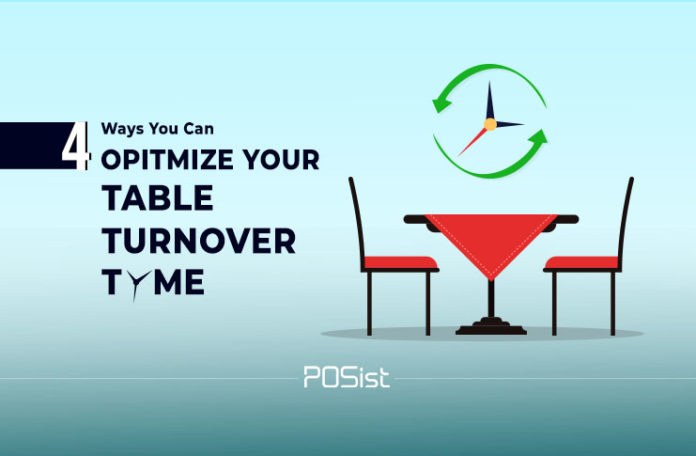

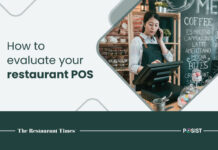
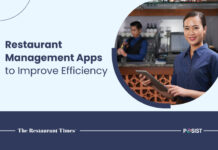







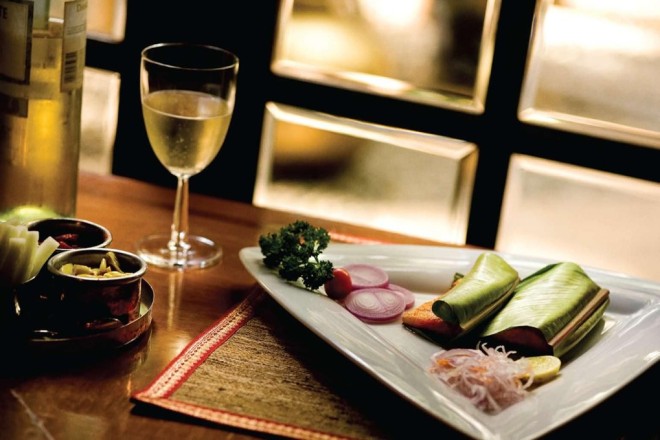

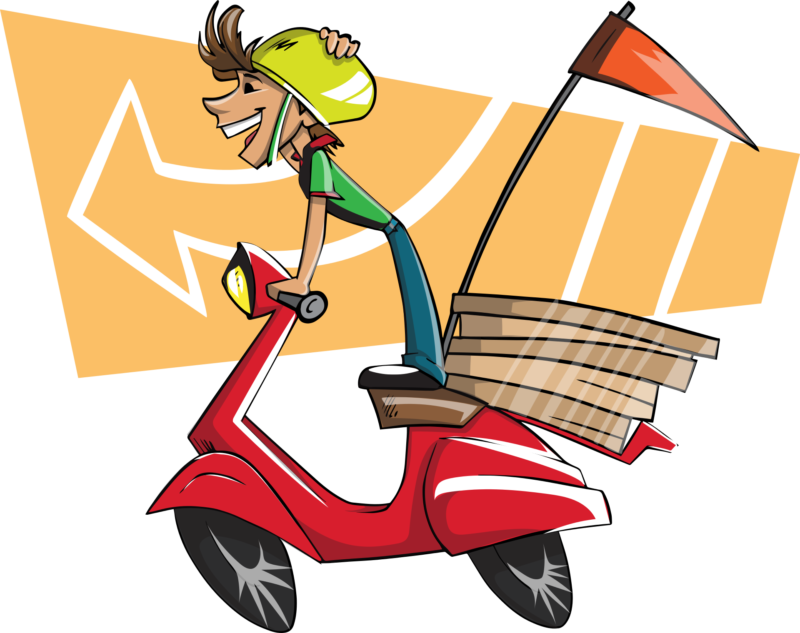


Some really good points here to improve the average restaurant table turnover. Serving more number of customers in less time without degrading the service is essential. This post helps do just that! Thanks for sharing.
Optimizing restaurant turn over rate is crucial to increase the overall sales of the restaurant. I cannot agree more with this article.
Great work!
Turning tables must be done tactfully. The last thing any restaurant should do is make the customer feel like they are being pushed out of their seat for the next guest. Very useful point explained by the Restaurant Times.